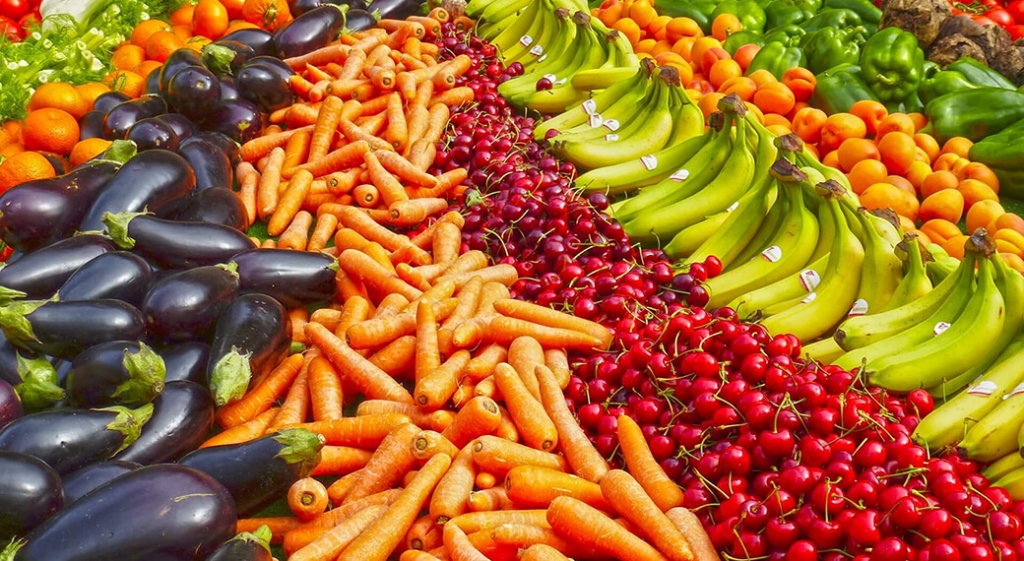Consumers and businesses waste food to the detriment of themselves and the planet. In this article, we will first discuss why food waste is a problem. Next, we will provide tips, techniques, and resources to help restaurants and other commercial foodservice operations take steps towards preventing waste altogether while boosting public relations and saving money.
Why Care About Food Waste?
According to the US Department of Agriculture, 30-40% of the United States food supply is wasted, with the majority of that percentage ending up in a landfill. In fiscal terms, the abovementioned 40% translates into approximately $161 billion dollars of edible food lost every year.
Food Insecurity Is an American Problem
Feeding America defines food insecurity as a household that has limited or uncertain access to enough food to support a healthy life.
As of 2019, 34 million Americans lived below the poverty line. In 2021, an estimated 42 million people including 13 million children may face food insecurity as the pandemic has left many without stable employment. Moreover, falling below the poverty line isn’t the only factor that contributes to hunger. Astoundingly, two-thirds of the people facing food insecurity this year has an income above the poverty line. However, factors such as a lack of affordable housing, low wages, medical bills, or chronic health problems are potential catalysts leading to food insecurity.
So many Americans face hunger, yet 30-40% of our edible food supply is discarded. This is clearly a confounded, broken system.
Food Waste Significantly Increases Greenhouse Gas Emissions
Recently, scientists warned that we are at a tipping point in the fight against climate change and need to take action now. Another compelling reason for taking action against food waste is its impact on the environment. Edible food waste accounts for the majority of material found in our landfills.
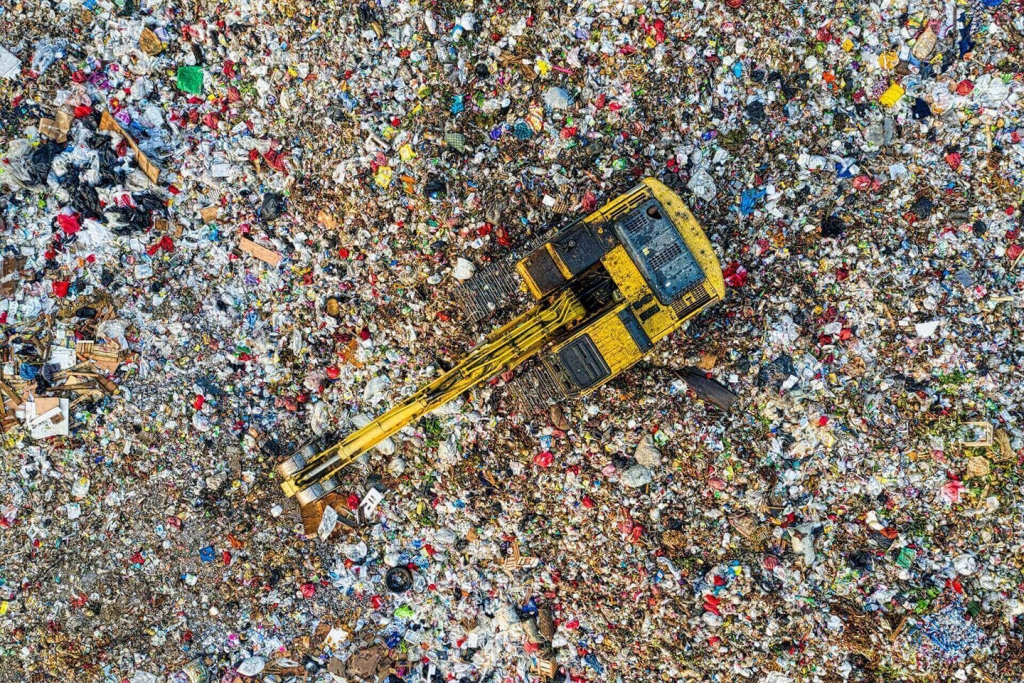
To start, food production operations use an incredibly large amount of resources such as land, energy, and water. Additionally, toxic emissions are produced every step along the supply chain including during the disposal of food waste. Once in the land fill, food breaks down and produces methane, a greenhouse gas 80+ times more harmful than carbon dioxide. Methane also traps 25 times more heat in the atmosphere than carbon dioxide. Methane emissions are one of the most serious culprits in climate change, and responsible for 40% of global warming since the industrial revolution began.
The good news is methane emissions have a relatively short lifespan once in our atmosphere. This means any reduction efforts we make will have an immediate positive impact on climate change and human health.
When Restaurants Reduce Food Waste, They Also Save Money
For restaurants and other foodservice operations, food is money and money is food. A study conducted by Champions 12.3 found that over a three-year time frame, the benefit–cost ratio for restaurants that invested in a food waste reduction program was 7:1. So, for every dollar that was invested into the program, businesses generally saved seven dollars. Given that most restaurants operate on very slim margins, the benefit–cost analysis to investing in food waste reduction is a step worth taking.
Improve Your Restaurant’s Public Relations
Aside from lower inventory costs and lower trash collection bills (depending on your area), implementing a food waste prevention program creates public awareness around sustainability, and builds a positive reputation between your brand and your community.
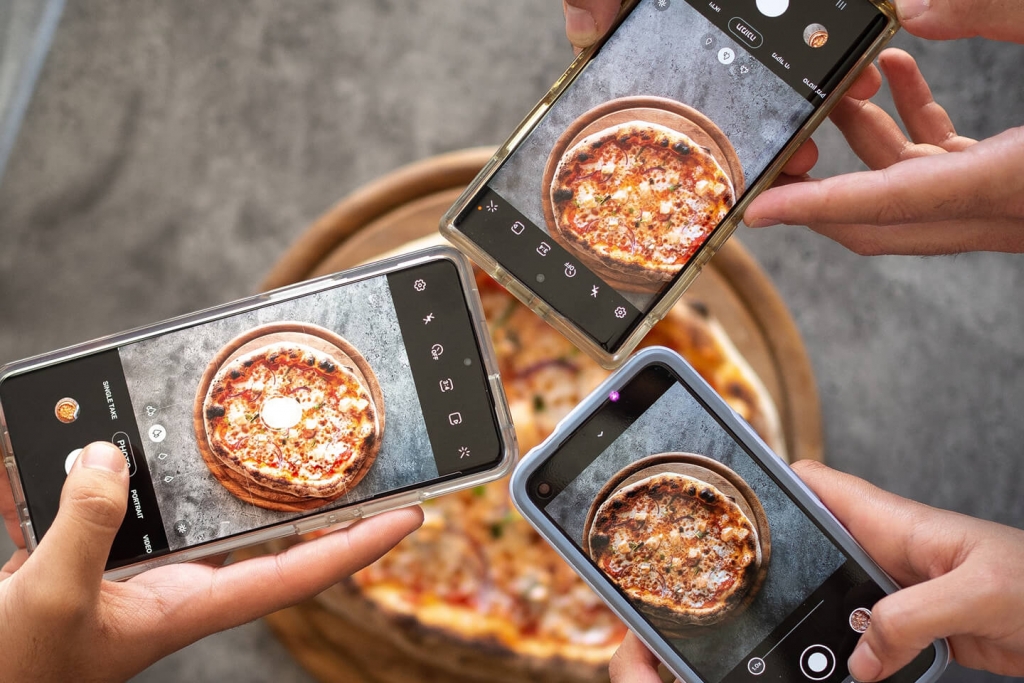
Restaurants that prove themselves to be socially responsible and forward thinking reap many benefits:
- Huge cost savings in the long run.
- Improved, positive public relations.
- Social responsibility attracts new customers who respect your efforts and values.
- Increased revenue. For instance, 70% of Millennials are willing to pay more for products and services that also reflect their personal values and promote positive change and individual responsibility.
As stated by IKEA’s Managing Director of Food Services AB, Michael La Cour, “Reducing food waste goes hand in hand with reducing costs. We view fighting food waste not only as an opportunity to create a better world, but also a great business opportunity.”
IKEA began their food waste initiative, Food Is Precious, back in 2017 and has so far diminished their food waste to the equivalent of saving one million meals from landfills. The first step IKEA took to reduce their waste was to measure and track all of the food that is thrown out every day. Their first step was the perfect place to start.
The Future of Buffets »
Food Waste Solutions – Part 1, Prevention
To get you started, here are some techniques restaurants, cafes, and other foodservice operations have successfully employed to reduce food waste and save money.
Measure & Track Waste
The first step to take is to identify where and why food waste is happening. The simplist way to accomplish this goal is to track and measure which food is thrown out and how much is thrown out. As the National Resource Defense Council reported, plate waste, aka, the food left on a plate that is not eaten or taken home, is a significant source of trash, as is back-of-the-house preparation.
Information gathered by measuring and tracking waste helps to pinpoint prevention solutions. For instance, when waste patterns are identified, restaurants know where to scale back, how to change food preparation, and where to alter the menu. Applying these changes should result in less waste from the BoH’s menu planning and inventory management and FoH’s plate waste.
Compost Waste Into Resources
Once the source and amount of food waste has been identified, restaurants can target the best way to minimize their food trash. One popular sustainable practice restaurants turn to is composting.

Composting is ideal for commercial food service establishments who have an on-sight garden or land that requires fertilizer. If a restaurant has no need for composting on their own land, delivery to a composting facility or contacting a hauler is another way to recycle scraps.
Recycling food scraps into resources reduces the amount of trash that ends up in landfills and may lower trash removal bills. Additionally, composting is one way to continue to track and measure food, as it is all viewable and accountable.
Offer Your Customers Flexible Portion Sizes
After measuring and tracking food waste, restaurants know what they are overserving, and which portion sizes are too large and end up in the trash. Restaurants such as TGI Fridays and The Potbelly Sandwich Shop have had a positive response offering smaller portions and half-size options.
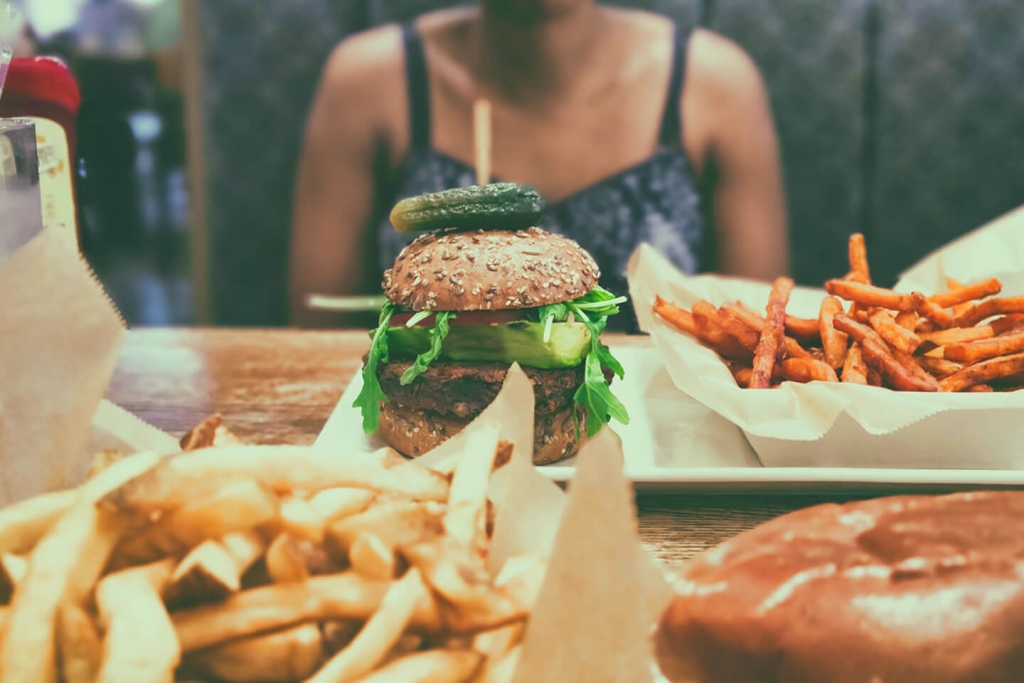
Aside from saving money on inventory and discouraging plate waste, customers who are watching their consumption will appreciate portion flexibility as many Americans equate eating out with overeating due to the excessive amounts of food many restaurants serve. Similarly, restaurants can save money and prevent waste by making their sides and breadbasket optional.
Food Waste Solutions, Part 2 – Have a Plan for Excess Food
Having a preset plan in place for excess product and ingredients is another way to tackle the issue of food waste. Even the most diligent trackers of food waste can sometimes end up with end-of-day excess. Partnering with an app to resell food at a discount or simply donating to a nonprofit is the perfect way to handle overproduction responsibly and keep edible meals out of landfills.
Partner With an App and Sell!
Reselling apps are growing steadily in popularity and availability. Two examples of successful resell apps are Too Good To Go, and Food For All.
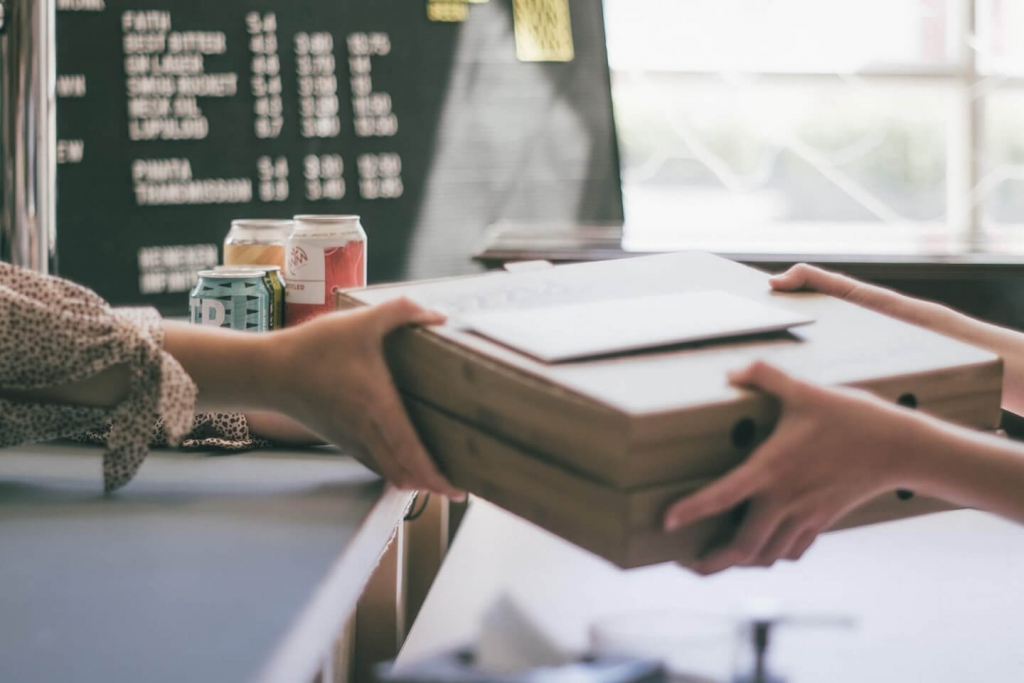
Too Good To Go
Too Good To Go allows commercial foodservice establishments to generate extra income from surplus meals with no commitment. Registering your restaurant on Too Good To Go also draws in new customers who prefer supporting sustainable restaurants and acts as a vehicle to introduce your food to a wider audience. Customers pay five or six dollars for a mystery bag from their restaurant of choice. Whatever is left over at the end of the day is what they receive. The food is deeply discounted, so customers who use the app don’t mind the mystery. It’s all part of the fun.
This sustainability app originated in Denmark in 2016, and quickly expanded to France, Spain, Germany, the Netherlands, and the United Kingdom. Too Good To Go now operates in several US cities, most recently adding Chicago to its roster in July 2021. The group plans to go national as soon as possible.
Food For All
Also launching in 2016, in collaboration with Harvard’s School of Public Health, Food For All aims to make a major collective statement against food waste by empowering businesses and consumers with the right tools to tackle this problem in a simple and fun way. Like the Too Good To Go app, restaurants register and sell menu items that would otherwise go to waste. Businesses generate more income, while helping the environment and improving brand perception.
Food For All currently operates in New York City and Boston with over 200 participating commercial foodservice establishments for consumers to choose from.
Make Regular Donations
Donating excess meals and ingredients is the best way to tackle food insecurity in America while helping the environment. And restaurant owners that donate surplus food may just earn some tax deductions along the way.
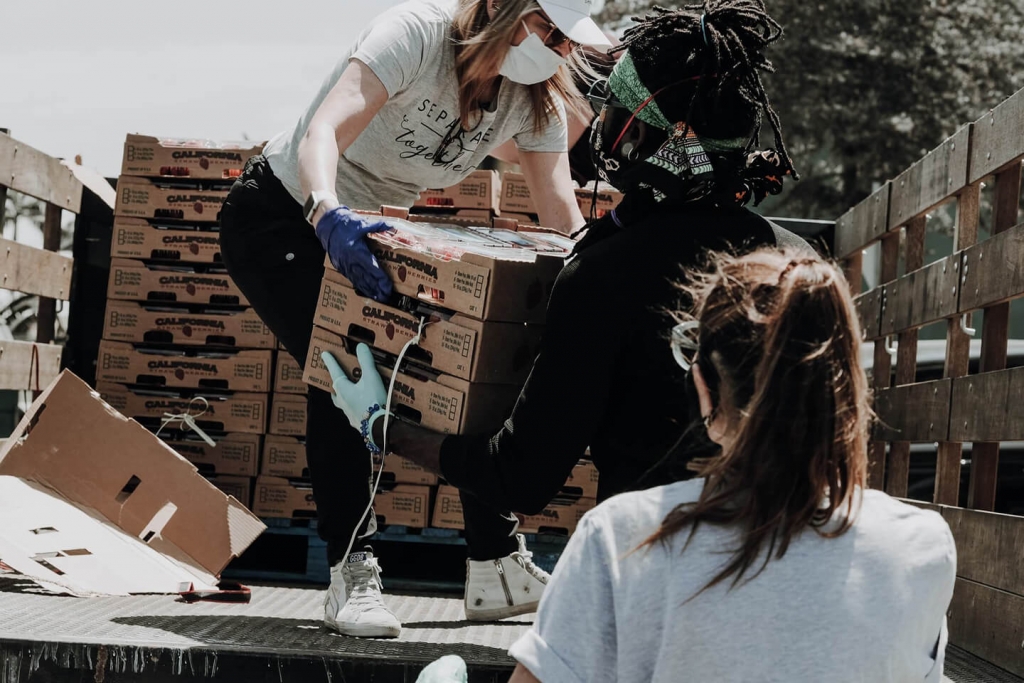
Food Rescue US
Food Rescue US collects fresh, edible food from restaurants and grocers. First, participating foodservice establishments sign up. Next, Food Rescue US will match your restaurant with a social service agency or nonprofit. Last, a volunteer rescuer will pick up the donation and delivers the leftovers to your agency match. For a full list of Food Rescue locations, click here.
OLIO
Another way to prevent your food from becoming waste is with the app, OLIO. Foodservice operations join for free to become an OLIO Food Waste Hero. OLIO then arranges for a trained food safety volunteer to collect your restaurant’s surplus food. A volunteer will then distribute your donation to those in need in your community.
OLIO also takes donations a step further by reaching out to people who, for their own reasons such as social stigma, are in need but do not want to visit food banks.
Other Ways To Donate
Consider reaching out directly and partnering with local organizations that distribute food to those in need. Some helpful tools to locate the best match for your restaurant include:
Donation Tax Tips
To encourage food donation, the federal government set up several incentives to protect businesses and help them earn tax deductions:
- The Bill Emerson Good Samaritan Food Donation Act of 1996 – This act grants limited liability protection for good faith donations. Legal guides are available to walk restaurant owners through the Good Samaritan Act, should the need arise.
- Internal Revenue Code 170(e)(3) – Qualified businesses can deduct the cost to produce the food and half the difference between the cost and full fair market value of the donated food. Several guides are readily available that further explains the ins and outs of enhanced tax deductions.
Pro Tip – To receive the largest possible tax deduction for your restaurant, make sure to keep track of how much food you are donating and how often.
Alternatives to Plastic Straws: A Definitive Guide »
Food Waste Solutions, Part 3 – Additional Resources and Programs
For additional guidance, resources, and support, consider taking on an official challenge to fight food waste, and earn positive recognition for your business.
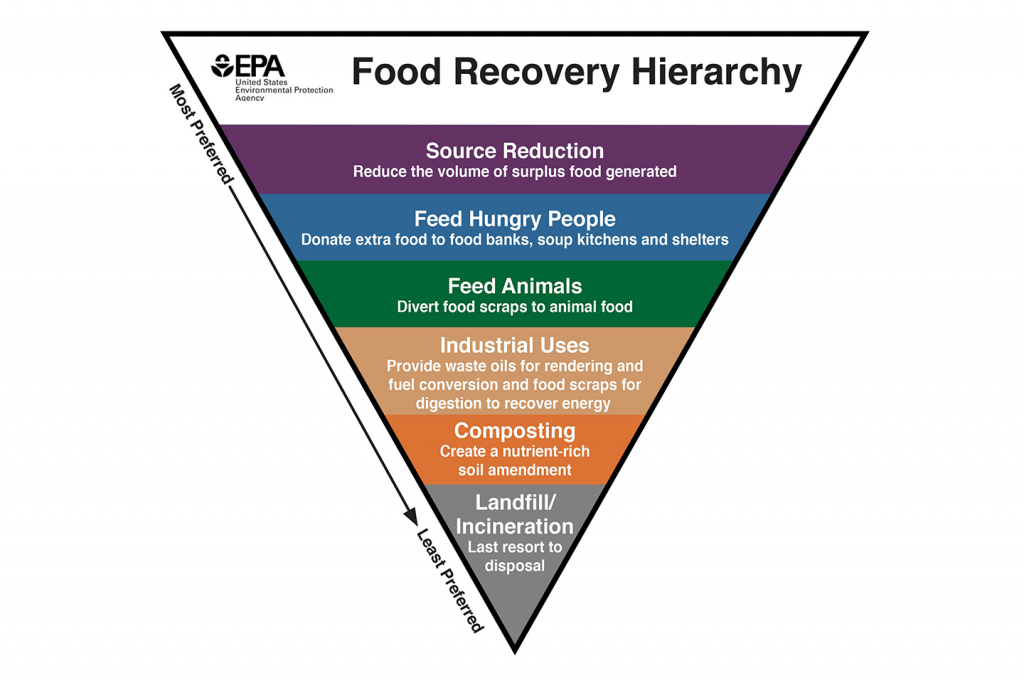
Restaurant Food Waste Challenge
Organized by the National Resources Defense Council (NRDC), The Restaurant Food Waste Challenge provides guidance, templates, posters, and other resources to help restaurants implement a food waste challenge based on their individual reduction goals. Much of the information they provide is based off of programs successfully implemented in test cities, Nashville and Denver.
US Food Loss and Waste 2030 Champions
US Food Loss and Waste 2030 Champions are businesses and organizations that have made a public commitment to reduce food loss and waste in their own operations in the United States by 50 percent by the year 2030.
Food Recovery Challenge
This voluntary incentive program helps organizations and businesses set data-driven goals and implement targeted strategies to reduce wasted food in their operations. Food Recovery Challenge participants also receive technical assistance for measuring food waste and assessing the positive environmental benefits of waste reduction. Participants then report results to compete for annual recognition from the Environmental Protection Agency (EPA).
We hope you’ve found this article inspiring and helpful. Preventing edible food from ending up in landfills is everyone’s individual responsibility. And for the commercial foodservice industry, it just makes good business sense.
Have additional ideas, tips, or tricks for reducing food waste? Please let us know in the comment section!

